EF 24-70 f/2.8 L @ f/8
EF 24-70 f/2.8 L @ f/8
EF 28-70 f/2.8 L @ f/8
EF 28-70 f/2.8 L @ f/8
EF 28-70 f/2.8 L @ f/8
f/4 / Astia @ f/16 (Image width is full frame on 6x7 transparency)
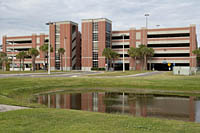
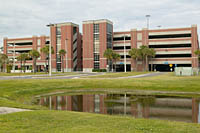
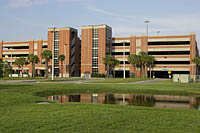
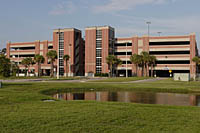
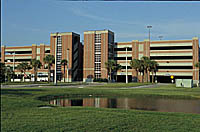

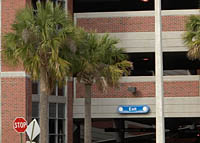
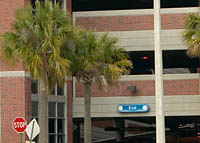
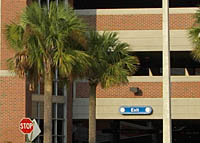
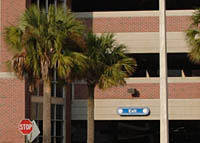
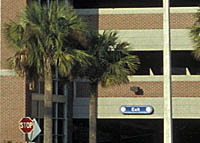
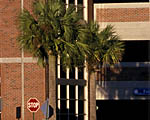
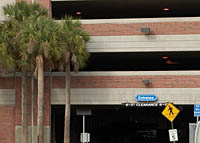
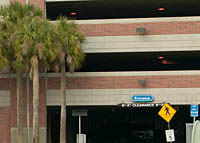
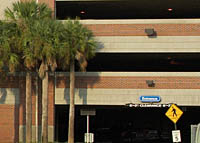
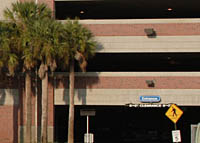
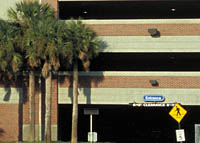
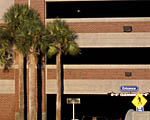
Comparison of image detail and sharpness with EOS-1Ds Mark II, EOS-1DS, EOS-1D Mark II, 20D, EOS-1V with Astia 100F film and Mamiya 7 (6x7) with Astia film. Images were taken on three dates.
See below for different processing conditions.
Day 1: EOS-1Ds Mark II and EOS-1Ds: All images were produced at ISO 100 with EF 24-70mm f/2.8 L lens at f/8, aperture priority, evaluative metering, automatic white balance on the same late cloudy afternoon. Cameras were in sRGB color space with standard factory parameter settings. All digital images shot in RAW and converted to 300 dpi tif with C1 Pro v. 3.6. Cropped section converted to 72 dpi pixel image in Photoshop 7. All images subjected to slight unsharp mask.
Day 2: EOS-1D Mark II, EOS 20D, EOS-1V with Astia 100F Film: All images were produced at ISO 100 with EF 28-70mm f/2.8 L lens at f/8, aperture priority, evaluative metering, automatic white balance on the same late afternoon. Partly cloudy conditions resulted in slight lighting variation (e.g., lighting was brightest during the EOS-1Ds exposures). Cameras were in sRGB color space with standard factory parameter settings. Three exposures were taken, and the sharpest image was selected to minimize effects of autofocus variation. All digital images shot in RAW and converted to 300 dpi tif with C1 Pro v. 3.5 with exception of the 20D images which were converted with Canon DPP v1.1. Cropped section converted to 72 dpi pixel image in Photoshop 7. Astia 100F. Film was scanned with Nikon Super Coolscan 4000 ED scanner with autoexposure function with post-scanning adjustment of contrast and brightness. All images subjected to slight unsharp mask.
Day 3: Mamiya 7 (6x7) with Astia film; 80mm f/4 lens: Film was scanned with Nikon Super Coolscan 8000 ED scanner with autoexposure function with post-scanning adjustment of contrast and brightness. Cropped section converted to 72 dpi pixel image in Photoshop 7. Images subjected to slight unsharp mask.